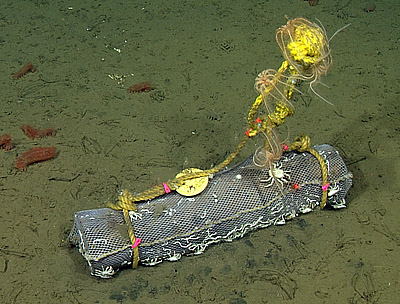Gearty, W., J. L. Payne, and C. R. McClain. 2018. Energetic tradeoffs control the size distribution of aquatic mammals. Proceedings of the National Academy of Science, U.S.A. online early.
Very excited to have this new paper out with William Gearty and Jonathan Payne at Stanford University examining why marine animals are big and why they are not bigger.
The reasons why aquatic mammals exhibit larger average sizes than their terrestrial relatives have long been debated. Most previous hypotheses have focused on releases from terrestrial constraints on large sizes. Through the analysis of mammal size distributions, we find the aquatic realm imposes stronger constraints on body size than does the terrestrial realm, driving and confining aquatic mammals to larger sizes. Calculations of energy intake and demand as a function of body size indicate heat loss imposes a strong lower bound on size, whereas the scaling of feeding rate versus metabolic rate imposes a constraint on maximum size. Rather than freeing animals from body size constraints, living in water appears to impose stronger selective pressures than does living on land.
This is also receiving a generous amount of media coverage


